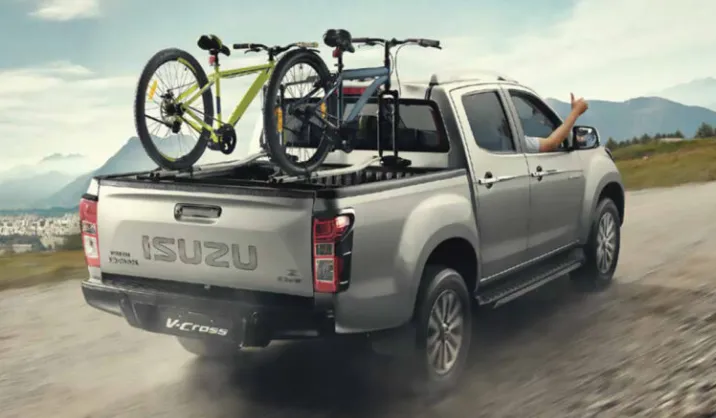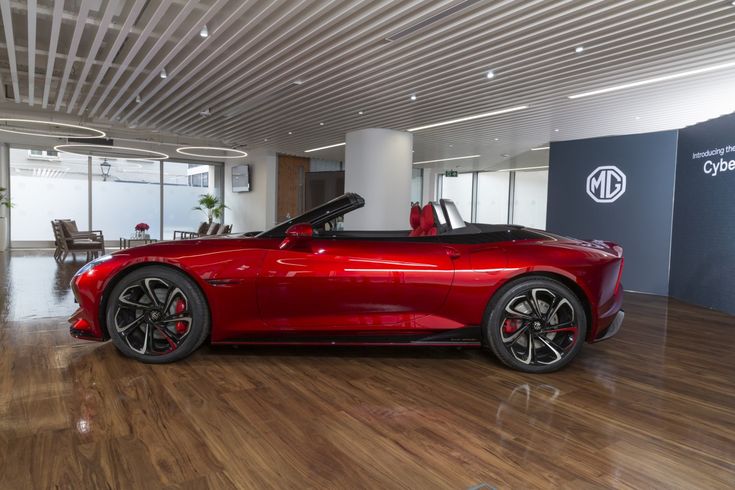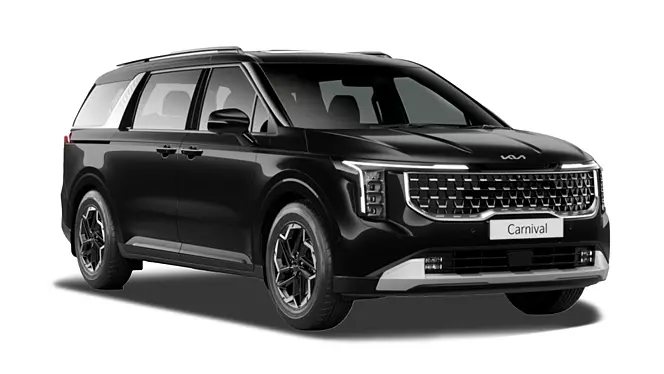When it comes to the global automotive scene, names like Ford Raptor, Toyota Hilux, and GMC Sierra hold a special place among car enthusiasts. Thanks to Hollywood’s portrayal of pickups as wild and fun vehicles, it’s hard to imagine a film without them. In the Indian context, however, they are yet to gain the much-needed traction (no pun intended). The scarcity of pickups on Indian roads is a testament to the Indian buyers’ mindset. The overwhelming presence of sedans and crossovers in the market has opaqued the enticing proposition of owning a pickup, and this issue needs to be addressed.

In contrast to pickups, SUVs have become immensely popular, with sales skyrocketing in recent years. One reason for their success is the perceived status they carry. In general, there is a notion that the size of a car is directly proportional to one’s status in the community, pickups being an exception.
Social status and vehicle size
One of the primary reasons behind the lukewarm reception of pickup trucks in India is the intricate relationship between vehicle size and perceived social status. In Indian society, there exists a prevalent notion that a person’s stature is directly correlated with the size of their vehicle. Pickup trucks, with their often utilitarian appearance and commercial connotations, do not align with this prevailing belief.
The association of pickup trucks with commercial usage, characterized by yellow number plates and predominantly driven by individuals in the logistics sector, has given rise to the misconception that owning such a vehicle might diminish one’s social standing. This connection between pickups and commercial applications has, to a certain extent, stigmatized these vehicles in the eyes of potential buyers.
Isuzu and Toyota deserve a special mention for keeping the pickup culture alive, despite their sales being questionable. Although the Ford Ranger was spotted being tested on Indian roads, the exit of the American giant has left its chances in deep water. Tata and Mahindra have made attempts to mass-produce pickups in the past, but their efforts have fallen short of expectations.

Maneuverability challenges
Beyond matters of perception, practicality also plays a pivotal role in the subdued popularity of pickup trucks in India. Navigating these robust vehicles through India’s densely populated and congested urban environments poses a considerable challenge. While modern features like automatic transmissions, Advanced Driver Assistance Systems (ADAS), and 360-degree view cameras have alleviated some of these concerns, the inherent size and bulk of pickup trucks remain an obstacle.
The Indian government has been tightening its noose on emission norms of late. Consequently, D-Max V-Cross and Hilux, the segment leaders, have been badly hit as they are exclusively offered with diesel engines that have a road life of 10 years. This has diminished resale value and increased demand in the used car market. Car manufacturers need to explore engines operating on fuels other than diesel to tackle this challenge.
Limited market players
Although some automakers have made commendable efforts to keep the pickup culture alive in India, their sales numbers have not reflected the segment’s potential. The Ford Ranger, a promising entrant, generated substantial anticipation but faced an uncertain fate following Ford’s withdrawal from the Indian market. Domestic manufacturers like Tata and Mahindra have also ventured into the pickup truck segment, yet their endeavours have fallen short of resonating with Indian buyers.
Verdict
Pickup trucks in India represent a paradoxical automotive segment, offering an intriguing blend of versatility, capability, and utility. Despite facing obstacles related to societal perceptions, manoeuvrability, and market dynamics, these vehicles have the potential to carve a dedicated following in a rapidly evolving Indian automotive landscape. Alternatively, they may find themselves in the annals of automotive history, cherished as collectables once production ceases, underscoring the ever-shifting dynamics of India’s automotive preferences and aspirations.















 AutosXP
AutosXP 
 +91 74280 90820
+91 74280 90820


